After asteroid, NASA looks to crash a car like craft on Mars! Here is exciting reason why
After crashing a spacecraft into asteroid Dimorphos, NASA wants to do the same on Mars. Know reason behind this exciting experiment.
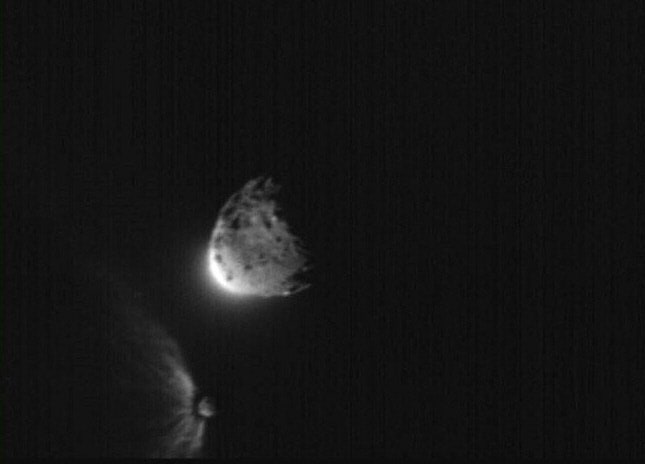
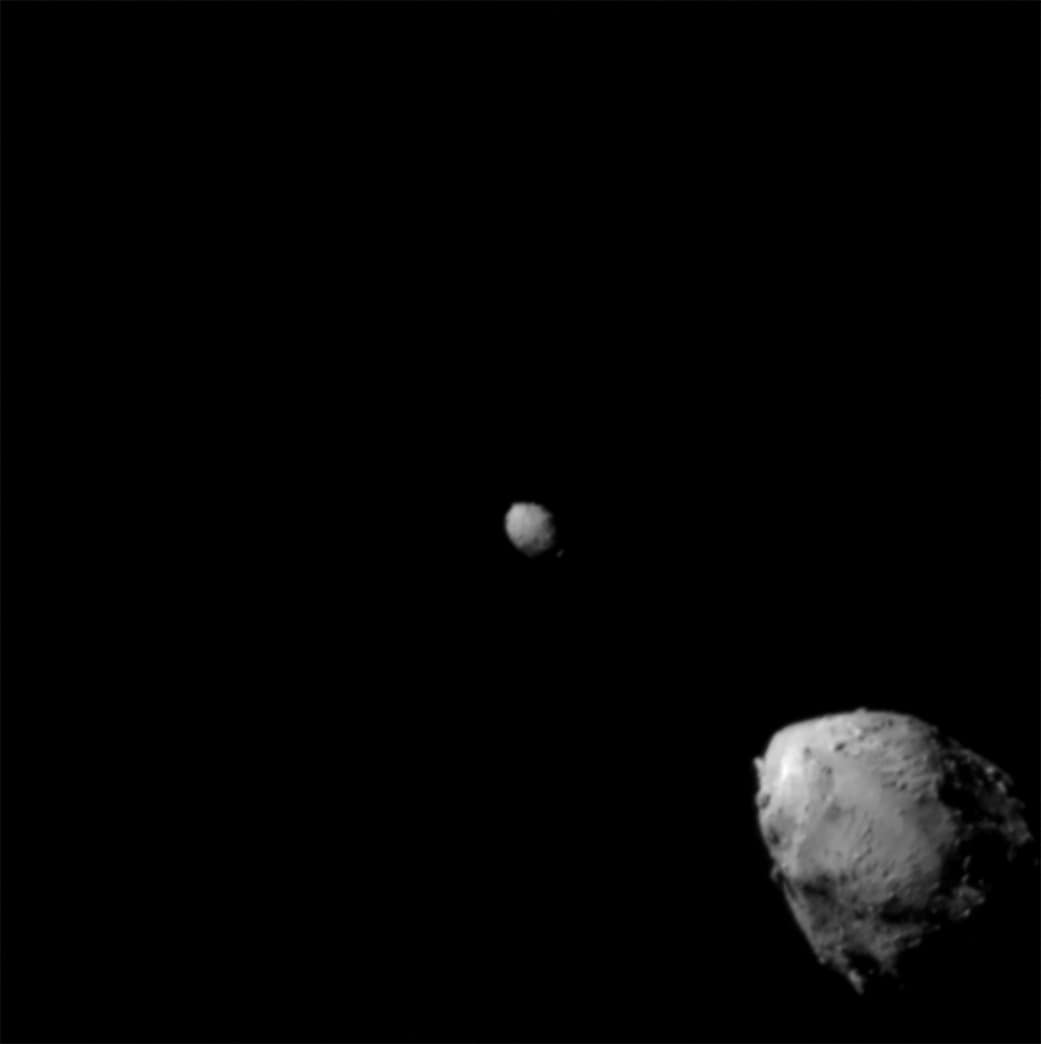
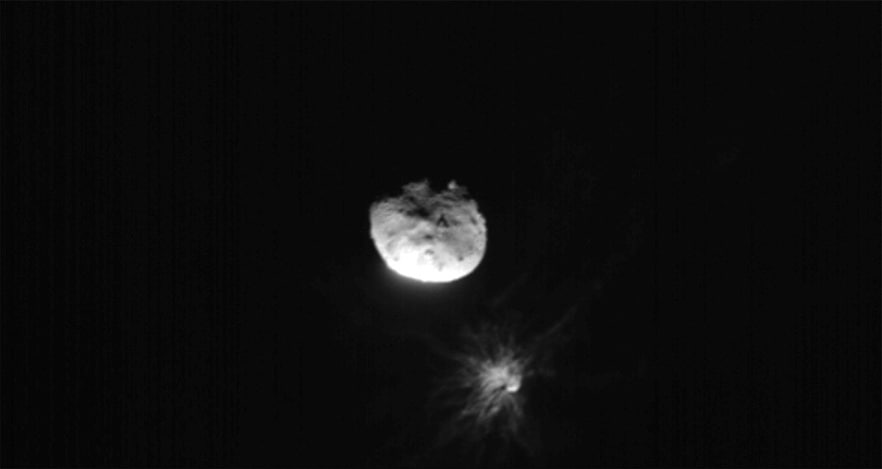
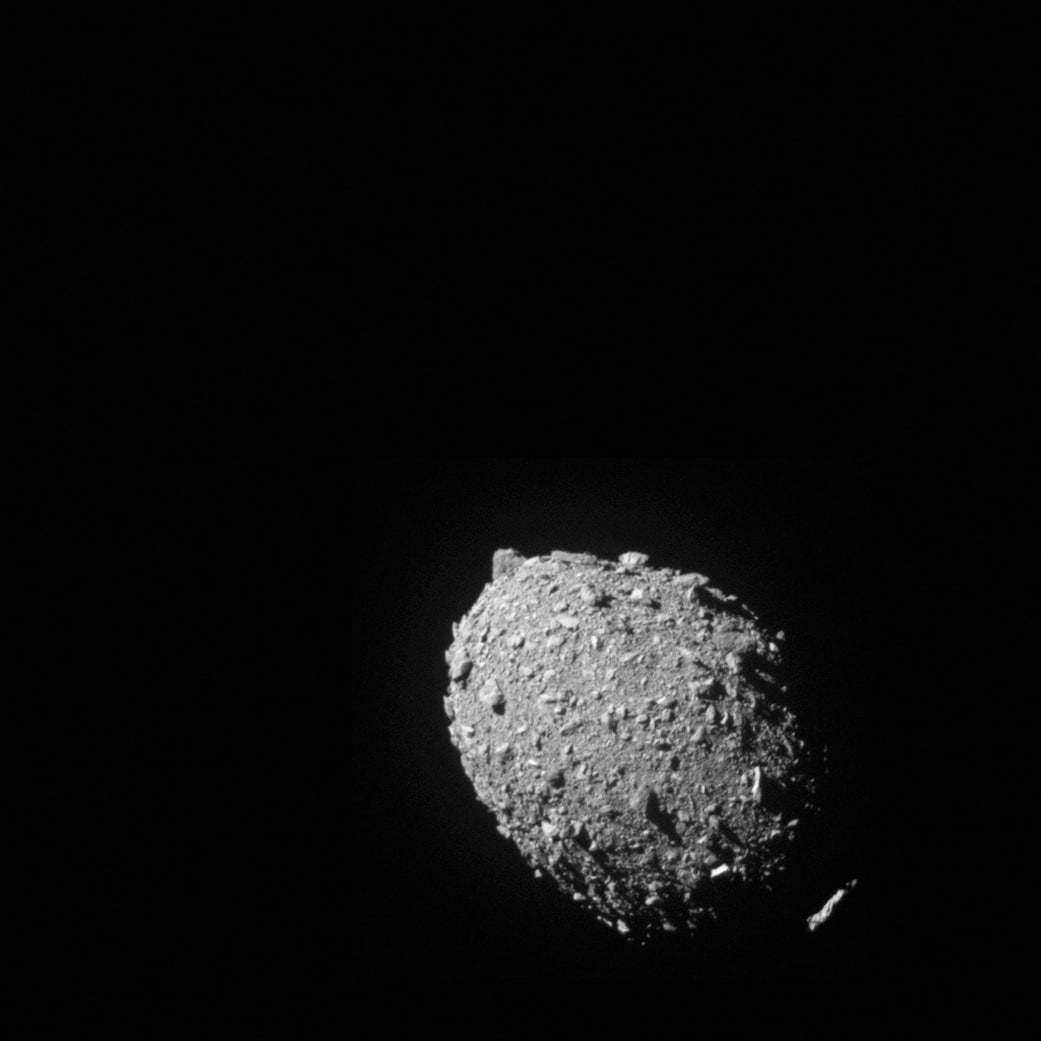
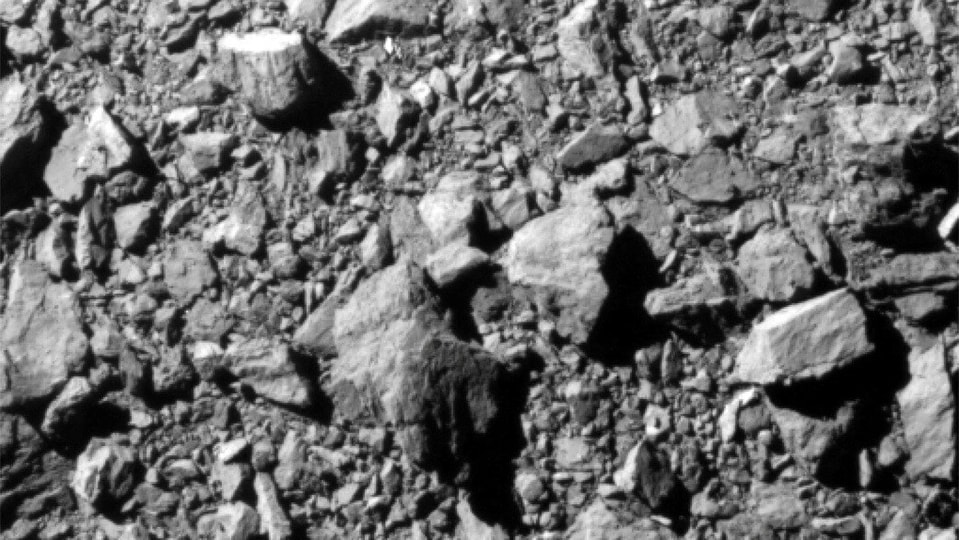
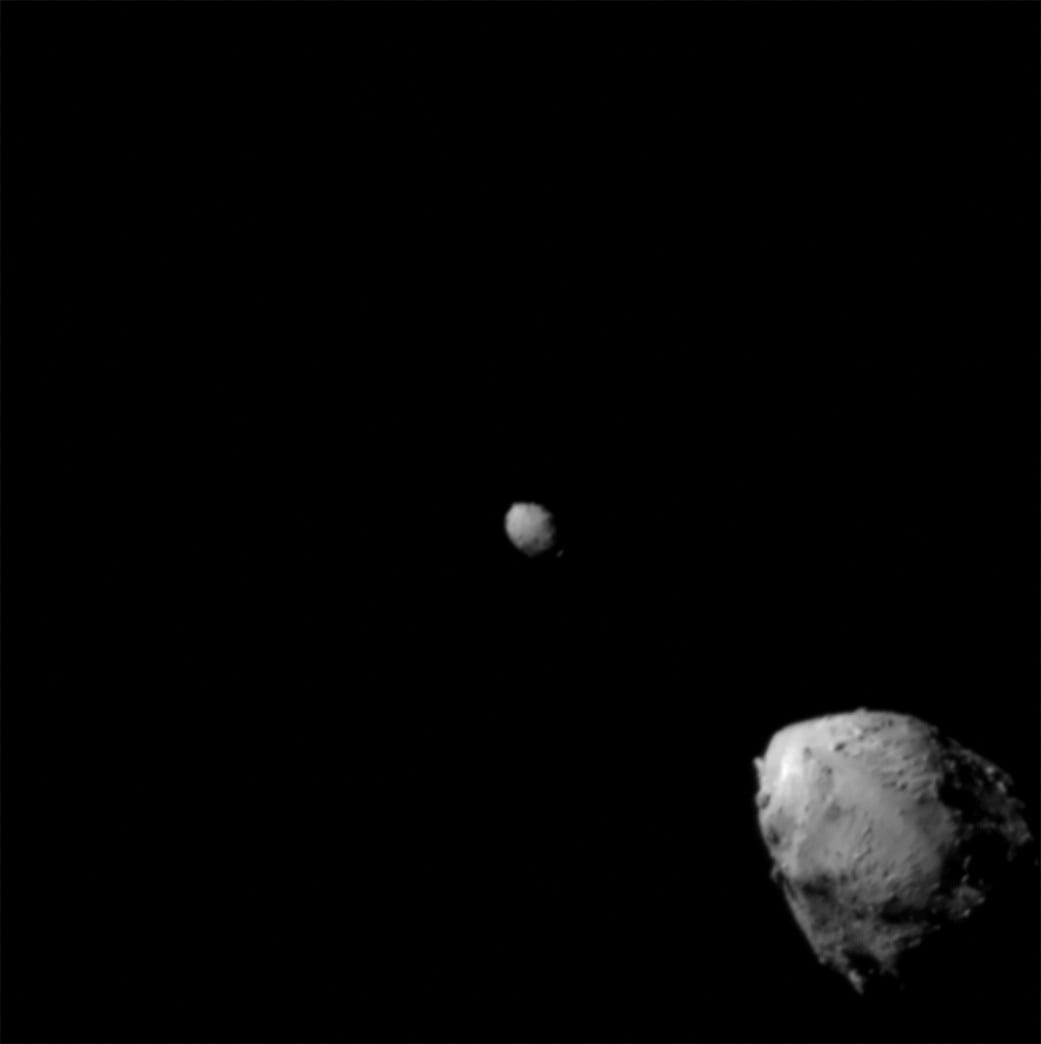

 View all Images
View all ImagesIt's not like NASA has never touched down on the surface of the red planet before. NASA has successfully landed on Mars nine times so far. From cutting-edge parachutes, and massive airbags, to jetpacks, all of these have been deployed as safe carriers of spacecraft that have landed on the surface of Mars. But now, the space agency is testing out an entirely new way to land on Mars, which is to crash! In fact, NASA has just crashed a spacecraft on Asteroid Dimorphos through its successful DART mission, although the intent was to deflect the space rock even as the spacecraft itself was destroyed..
On Mars, NASA has a different plan, which is ensure the spacecraft survives the impact. NASA explains that instead of trying to slow down a spacecraft's high-speed descent on the red planet, it is now testing an experimental lander design called SHIELD, short for Simplified High Impact Energy Landing Device. NASA says in a blog "(it) would use an accordion-like, collapsible base that acts like the crumple zone of a car and absorbs the energy of a hard impact."
How NASA will test the crash technique for Mars
To test NASA's new plan for SHIELD for Mars, scientists' team gathered to drop a tower with a full-size prototype of SHIELD's collapsible attenuator. It had an inverted pyramid of metal rings that absorb impact. For the setup, scientists suspended the attenuator on a grapple and inserted a smartphone, a radio, and an accelerometer to gauge the impact on electronics on the spacecraft.
NASA dropped the electronics at roughly 110 miles per hour! NASA says “That's the speed a Mars lander reaches near the surface after being slowed by atmospheric drag from its initial speed of 14,500 miles per hour when it enters the Mars atmosphere.”
Future of NASA's plan to crash on Mars
If successful, then this newer design will help to drastically reduce the cost of landing on Mars by simplifying entry, landing and expanding options on Mars and even beyond the red planet. “We think we could go to more treacherous areas, where we wouldn't want to risk trying to place a billion-dollar rover with our current landing systems. Maybe we could even land several of these at different difficult-to-access locations to build a network,” Lou Giersch of NASA's JPL, SHIELD's project manager, said in NASA's blog.
Catch all the Latest Tech News, Mobile News, Laptop News, Gaming news, Wearables News , How To News, also keep up with us on Whatsapp channel,Twitter, Facebook, Google News, and Instagram. For our latest videos, subscribe to our YouTube channel.































